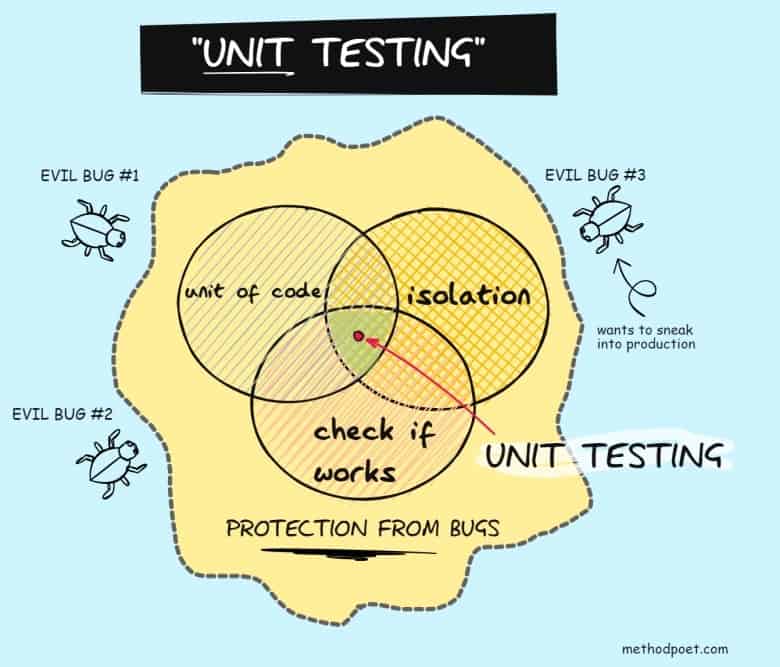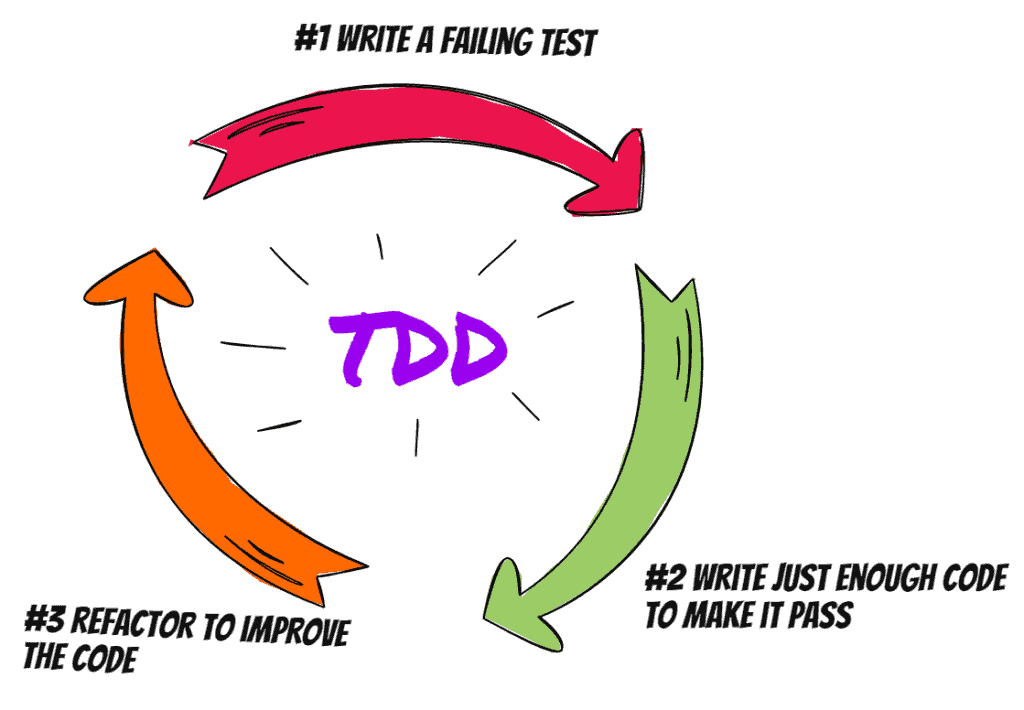Nothing is more frustrating than writing a piece of software just to find it has a bug that stops it from working correctly. You may have to go back through hundreds of lines of code to find and fix the problem. So, can you build a piece of software that doesn’t have any bugs?
It is technically possible to have bug-free software, but practically most larger software programs will have bugs, as a result of errors made during the coding process. While these issues can be minimized by regular testing, bugs can never be wholly eradicated.
Even if the code is perfect, it can still be subject to hardware or underlying operating system bugs.
Bugs are unavoidable in software development. Even with the most stringent quality assurance processes, you will likely miss some. Instead of avoiding bugs altogether, the key to minimizing their impact is to adopt a software lifecycle approach that strives for continuous improvement. Read on to learn how to identify and fix bugs in your code.
Can You Have Software Without Bugs?

Due to their complex nature, most software programs will have bugs. There are a few things to consider if you want to understand why this is occurring.
What Is A Bug?
Let’s start with the basics. A software bug is an error in your code. This causes the program to break down or stop it from giving the output you would expect.
Why Do Bugs Occur In The Software?
There are a few reasons why you might have bugs in your software. They include:
- Developer error. This is the most common issue. Sometimes a programmer can type the code incorrectly or add the wrong type of command.
- Glitch in the hardware. Sometimes, the software might be fine, but the hardware will have a problem running the code. At other times, it might be linked to the operating system of a computer.
- Problem implementing the code. At other times, the software might not have been planned out properly, resulting in logic errors. This can also occur because multiple programmers work on a project, resulting in communication problems.
- Data failure. Sometimes, the data used to create the software might be inaccurate.
- User error. The user might be trying to do something the software wasn’t designed to do.
Does Every Software Have A Bug?
Most larger software applications will spend a lot of time removing bugs and other imperfections. But that doesn’t mean that the code will be perfect. In the real world, there is always the potential for things to go wrong. This is why some of the biggest tech firms in the world, with a staff of hundreds of tech-notch programmers, can have issues when updating their software.
Can You Have Software Without Bugs?
Even if the code is perfect, which is very difficult to do on larger projects, you could still find a bug in the way it is being interpreted. Or there could be a hardware issue that you didn’t know about. Sometimes, there will be a fault in one of the libraries.
What Number of Bugs Is Tolerated Across Industries?
On average, there will be between 15 to 50 errors per 1000 lines of code. This is found across all industries. But there are some times when it is more important to eliminate these bugs. They include:
- Transport sector. In particular, the software used to drive autonomous vehicles.
- Space travel. NASA spent millions checking the code for their space missions to eliminate the technical problems they could face.
- Medical. Bug fixes are particularly important for machines that are used during surgery.
Basically, any program that could have an impact on human life will be subject to the highest levels of rigorous testing. Because of this, software developers can be confident that the machine will perform the way they expect it to.
How To Minimize The Number Of Bugs In The Software?
While it might be impossible to eliminate bugs, that doesn’t mean you have to put up with a defect. Here are some ways to find and remove errors from your code.
Unit Testing
Unit testing is one of the most common software testing types to check for bugs. This is where the piece of software is broken down and tested through its individual units. The unit test will then be able to comb through the system and spot any potential problems.

Often, though, they will be used to find relatively minor problems. There are two main advantages of unit testing:
- Speed – You can run these tests automatically and get results within seconds. Though, if you prefer, you can also run them manually.
- Early feedback – A software developer usually writes and runs tests while writing code. This means every failure in a test occurs early in the application development cycle. Thus, the easiest and the most inexpensive way to eliminate bugs is during the development process.
There is a range of unit testing tools that you can use. Usually, this will be based on the language that you are working within.
Improving The Software Design
It’s worth considering the approach that you are taking to software development. First, clearly communicate with your team as you design the software. In particular, ensure you have a clear idea of the type of scenarios when the program will be used. This is why specification documents, which lay out project aims and deliverables, are so important.
You can also go a step further with testing during development and use Test-Driven Development (TDD) approach. TDD is an approach where you write test cases before you write an actual production code that implements a feature. TDD means that you will continually test your application.

It can help to plan out project stages when developing the software design. This allows you to ensure that the project has a strong foundation before you start adding more complex features.
Furthermore, it’s common to use Continuous Integration and Continuous Delivery (CI/CD). CI/CD allows you to test for bugs each time you add a new code to the central code repository. This ensures that each piece of code will merge smoothly together.

For larger projects, it’s common for CI/CD to be performed multiple times a day.
Log And Track Reported Bugs
Finally, keeping a log of all the bugs you encounter is essential. This does two things. First, it tells you which defects exist, so you can fix them when going back through the code. Secondly, it will allow you to spot commonly occurring issues. Bug tracking can help you take steps to avoid future issues.
Perform regular code reviews
Code review is the process of examining code for errors and potential improvements. A development team typically does it as part of the software engineering process.
Code review can help to identify errors, improve code quality, and prevent potential security vulnerabilities. It can also be used to share knowledge among developers and to promote best practices.
This is an essential part of the software development process and can help to ensure that code is of high quality and free of errors.
Make sure to have a QA team in your company
QA teams play a vital role in minimizing the number of bugs in software applications. Through regression testing, they can identify issues that developers may have introduced with new code changes.
In addition, QA teams can perform manual testing to ensure that the application meets all functional requirements. By thoroughly testing the application before it is released to users, QA teams can help to minimize the number of bugs that make it into production.
What Are Bug Bounty Programs?
Even established companies will have bug issues that they need to address. This is why they might offer bug bounty programs. The premise is simple. Individuals can try to find potential flaws in a company’s security. If they find a bug, they report it and get a reward.
Some of the biggest companies in the world have public bug bounty programs:
Alternatively, some companies will have private programs. These will hire consultants to go through their systems and offer advice on how they can improve.
Conclusion
Many programmers dream of being able to remove bugs from their software completely. But bug-free code is an impossibility.
So instead, focus on improving your development process instead of eradicating bugs completely. This will lower the number and impact of bugs on the finished program.
